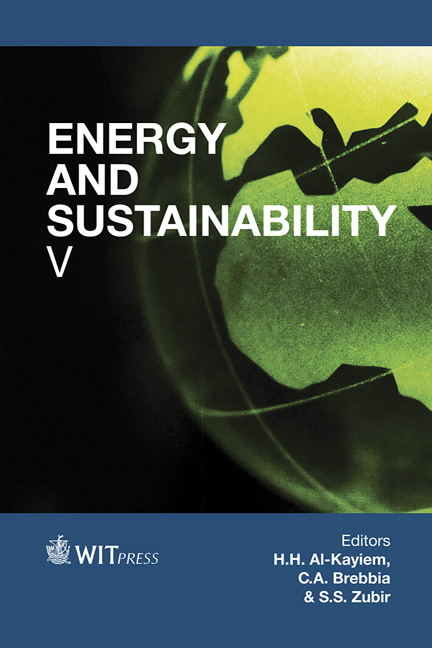Co-liquefaction Of Rubber Seed And Low Rank Coal: Effect Of Weight Ratio And Temperature
Price
Free (open access)
Transaction
Volume
186
Pages
8
Page Range
511 - 518
Published
2015
Size
369 kb
Paper DOI
10.2495/ESUS140441
Copyright
WIT Press
Author(s)
S. N. A. M. Hassan, M. A. M. Ishak, K. Ismail
Abstract
Increasing energy demands and limited petroleum reserves has seriously threatened economic development and social safety. The co-liquefaction of coal and biomass is one of the possible methods to solve the shortage of petroleum reserve. In this study, the co-liquefaction of Mukah Balingian (MB) low rank coal and rubber seed (RS) was performed by using a 15 mL tubing reactor, with 5 mL tetralin as a solvent for 30 minutes in various feedstock ratios and temperatures. The study focused on the effect of the weight ratio of feedstock and temperature on conversion and products distribution. The results showed that the weight ratio and temperature have a significant influence on the conversion, oil production, asphaltene and preasphaltene obtained. The addition of RS promotes liquefaction of MB by formation of the most valuable constituents of oil. The conversion was at its peak at the weight ratio of 30:70 (MB:RS) with ~ 70% and ~ 47% conversion and oil production, respectively. Under this condition, the conversion and oil production of co-liquefaction were relatively higher than the liquefaction of MB alone. The development of this technology is of great significance in both the efficient utilization of resources and the improvement of ecological environment.
Keywords
co-liquefaction, rubber seed, coal, ratio





